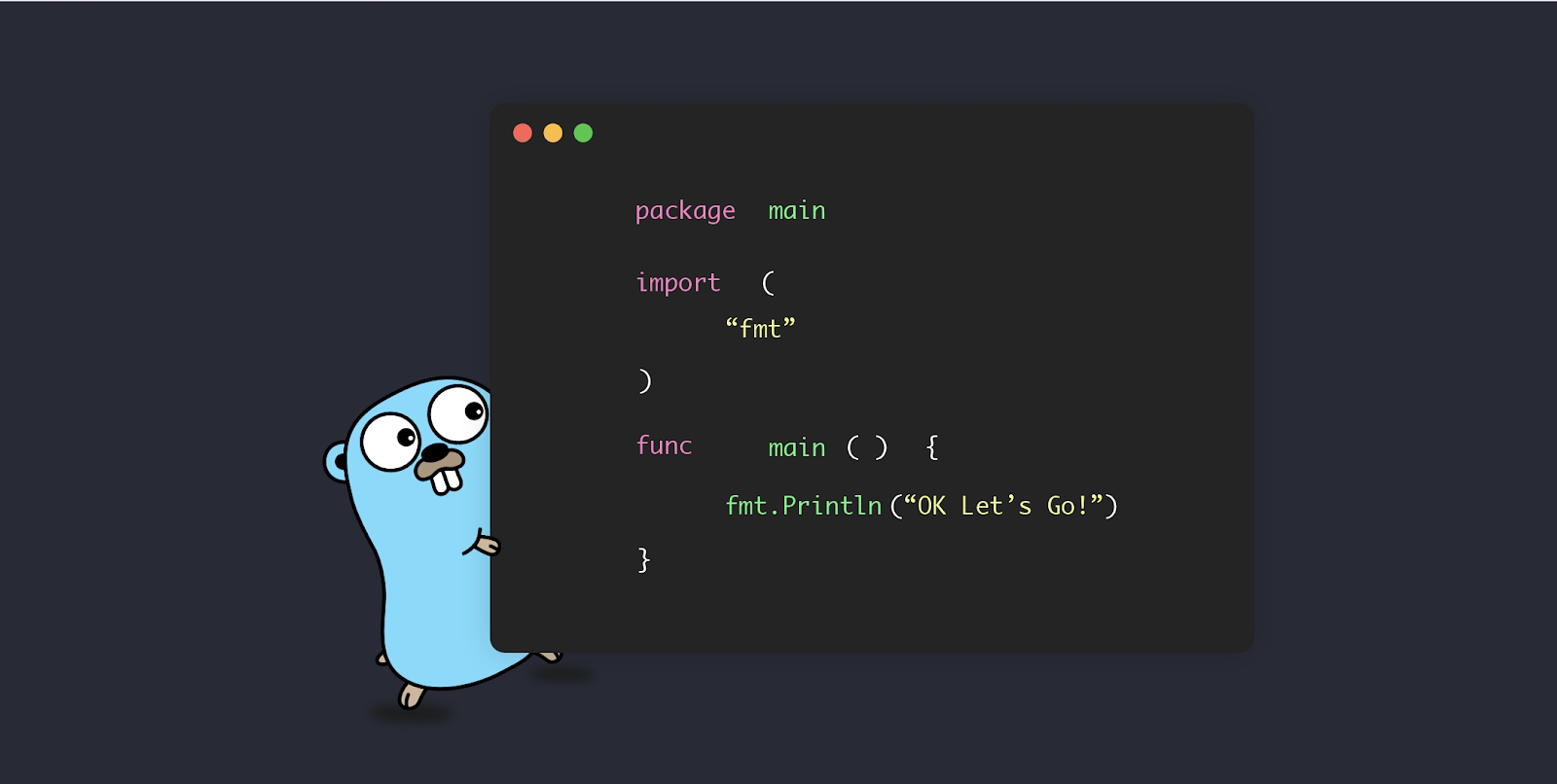Exploring Generics in Go: A New Paradigm for Code Flexibility
golang tutorial
Go, known for its simplicity and efficiency, has long been lauded by developers worldwide. However, one feature that was notably absent from the language until recently was generics. With the introduction of generics in Go 1.18, the language has taken a significant leap forward in terms of code flexibility and expressiveness. In this blog post, we'll dive into generics in Go and explore how they can enhance your coding experience, accompanied by illustrative examples.
Generics allow you to write functions and data structures that can work with any type, rather than being restricted to a specific type. This means you can write highly reusable and flexible code without sacrificing type safety.
: Generic Functions
Let's start with a simple example of a generic function that can find the maximum element in a slice of any type that supports comparison:
```go
package main
import (
"fmt"
)
func Max[T comparable](items []T) T {
if len(items) == 0 {
panic("empty slice")
}
max := items[0]
for _, item := range items {
if item > max {
max = item
}
}
return max
}
func main() {
ints := []int{3, 1, 4, 1, 5, 9, 2, 6}
fmt.Println(Max(ints)) // Output: 9
floats := []float64{3.14, 2.71, 1.618}
fmt.Println(Max(floats)) // Output: 3.14
strings := []string{"apple", "banana", "cherry"}
fmt.Println(Max(strings)) // Output: cherry
}
```
In this example, the `Max` function is defined using a type parameter `T`, which is constrained to be comparable (`comparable` keyword). This allows the function to work with slices of integers, floats, strings, or any other type that supports comparison.
Example: Generic Data Structures
Generics also enable the creation of generic data structures, such as stacks and queues. Here's a generic implementation of a stack:
```go
package main
import "fmt"
type Stack[T any] []T
func (s *Stack[T]) Push(val T) {
*s = append(*s, val)
}
func (s *Stack[T]) Pop() T {
if len(*s) == 0 {
panic("empty stack")
}
val := (*s)[len(*s)-1]
*s = (*s)[:len(*s)-1]
return val
}
func main() {
var stack Stack[int]
stack.Push(10)
stack.Push(20)
stack.Push(30)
fmt.Println(stack.Pop()) // Output: 30
fmt.Println(stack.Pop()) // Output: 20
}
```
In this example, the `Stack` type is defined using a type parameter `T` with the constraint `any`, allowing it to work with any type.
Conclusion
Generics bring a new level of flexibility and expressiveness to the Go programming language. They allow you to write highly reusable and type-safe code without sacrificing performance or readability.
With the addition of generics, Go continues to evolve as a modern and efficient language, empowering developers to write better software with less effort. So go ahead, embrace generics, and unlock new possibilities in your Go code!


Comments
Post a Comment